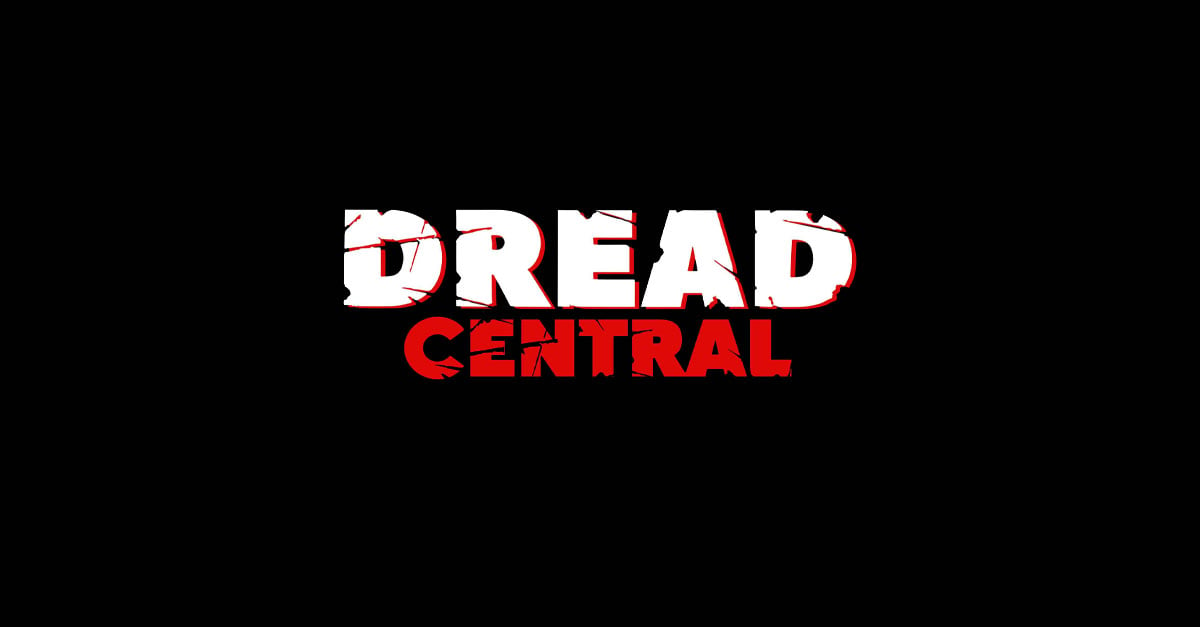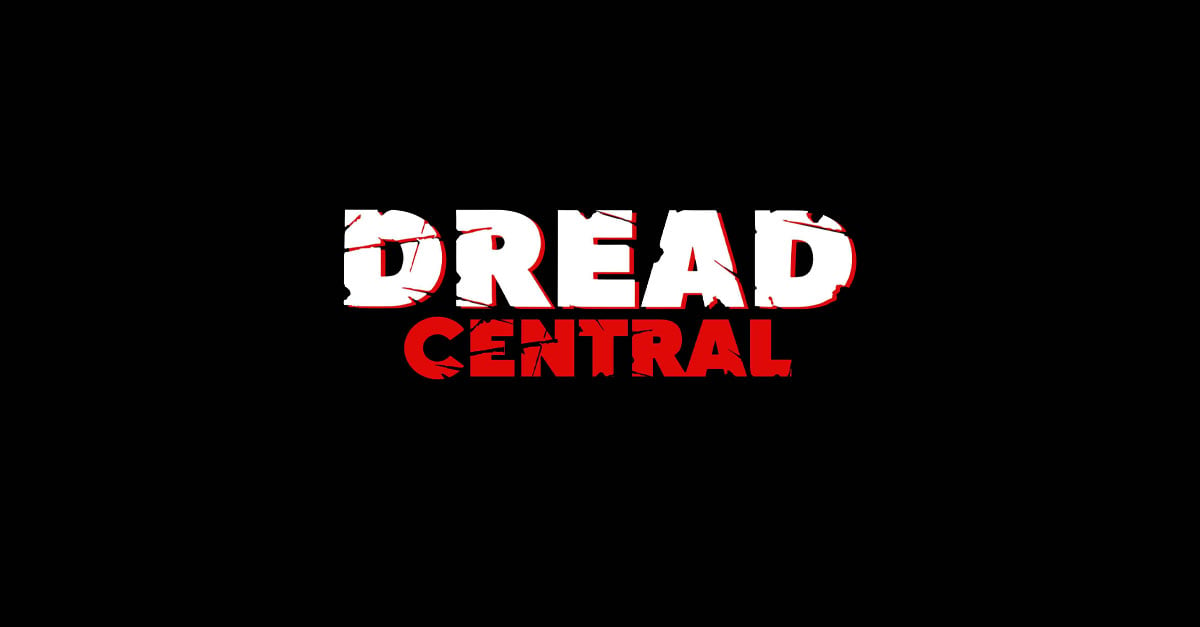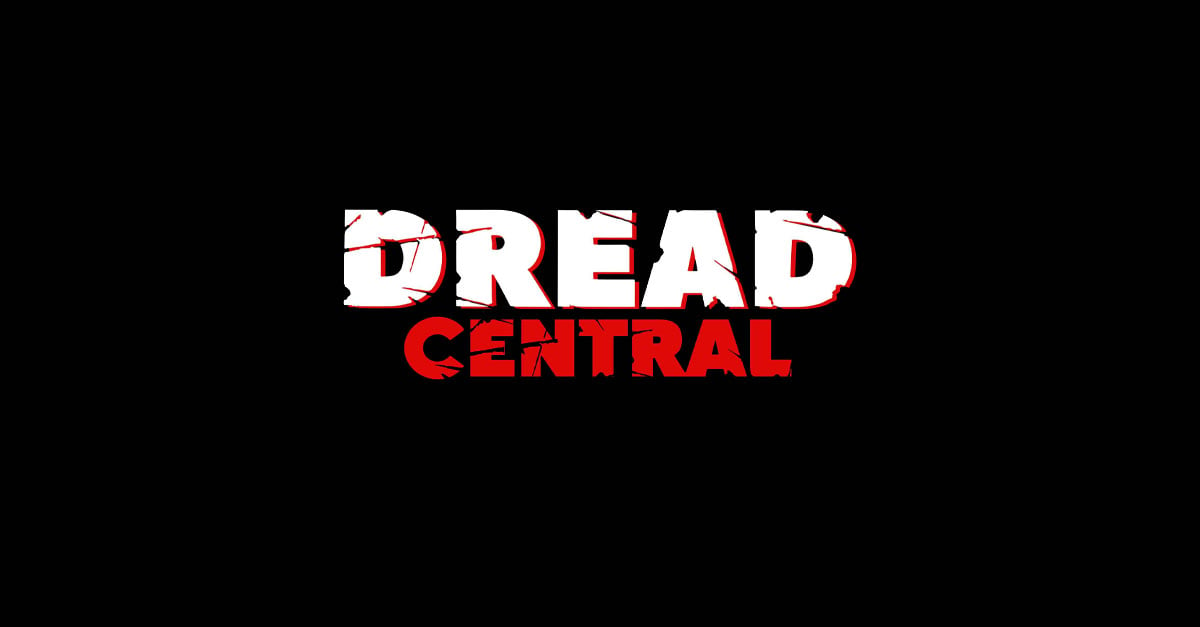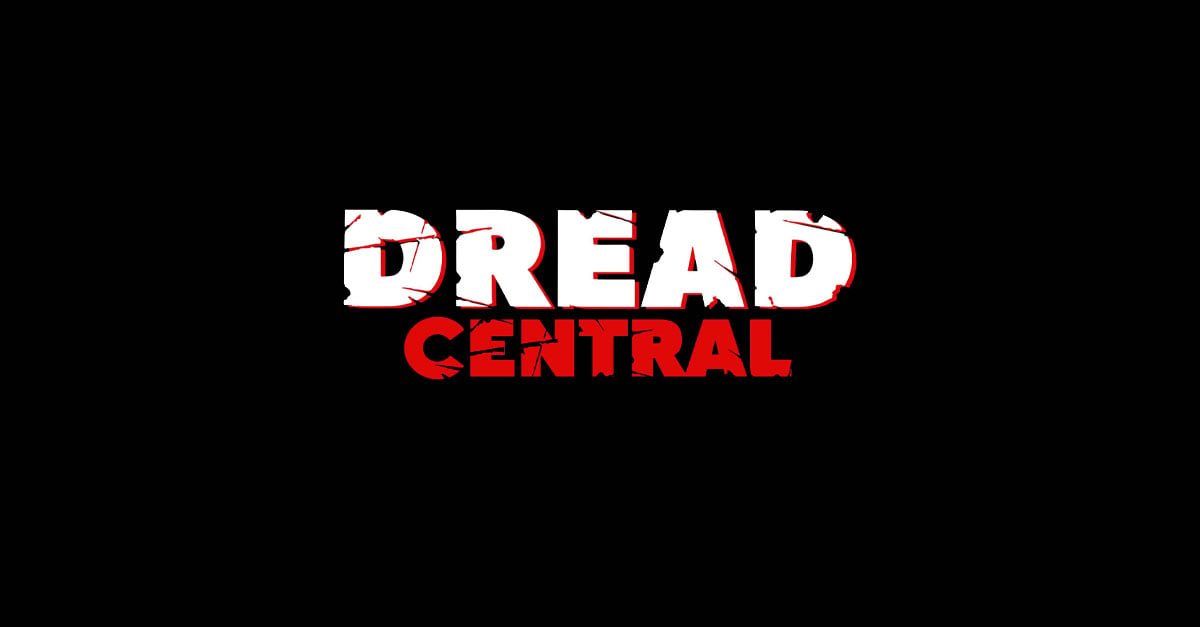For Art’s Sake: Calendula

 Developed by Blooming Buds Studio
Developed by Blooming Buds Studio
Available on PC through Steam
Suitable for 14+
There’s a fundamental problem that critics face when reviewing an art game. Judging art requires a different mindset beyond fun and boring, good vs bad. This is hard to achieve in an industry obsessed with getting over Metacritic increments of 10. Most reviewers don’t have the option to change their rating metric from “x/10” to “provoked X feels/made me think so deep,” so we end up with reviews that are either highly inflated or highly deflated based on the reviewer’s penchant for art.
It’s a struggle I was personally feeling when trying to review Calendula. The game has been on my docket for a while, but I kept reaching wildly different scores based on what direction I took my analysis. Trying to talk about the mechanics was a dead end, and the fun factor didn’t really reflect my sentiments. The game needs to be treated as a piece of art. This statement is classification, not praise. It’s worthy of academic discussion, but would fail under the scrutiny of a normal review.
So Calendula is art, but not all art is good. Yes, we were all brought up being told our macaroni drawings were wonderful and that trying our best was better than winning, but it was a lie. No matter how heartfelt and genuine our artistic explorations, it can still be garbage. Just look at my sister’s refrigerator. I love my nieces and nephews, but elephants genuinely paint better.
Calendula isn’t kindergarten art project bad, but it’s certainly not good. This shouldn’t come as a surprise for a game described as “doesn’t want to be played.” There are a number of “fake” games like Frog Fractions and Pony Island that in one way or another build off of this gimmick, so there’s nothing inherently new about being intentionally obtuse. This isn’t to say that the game is hard. Beyond figuring out how to progress, there really isn’t anything else to Calendula’s gameplay. The entirety of Calendula is figuring out where the password for the next level is hidden, then holding the forward button while disturbing images flash on the screen. It’s just a puzzle game disguised as a main menu, and your reward for finishing puzzles is a bit of a narrative.

It might not look like it, but this is gameplay.
Broken down to its nuts and bolts, it’s pretty underwhelming. Most art is. While a painting is just a bunch of paste smeared across some canvas, there’s a reason people pay to see it. The appeal of Calendula is supposed to come from the narrative.
*Spoilers*
Calendula prescribes to a symbolic, imagistic method of storytelling. The puzzles have little story integration, and aside from a few key points, the narrative is contained to pseudo-cutscene segments. Usually you’ll have to walk forward through some kind of hallway, but it’s completely on rails. You can look around to a limited angle in front of you, but can’t veer from your course at all. You’ll be bombarded with colorpalette altered creepy images, out of focus shots of figures, and quick cuts to poorly lit abandoned rooms. It goes for a “glitch imagery” vibe, and does so pretty well. It’s creepy.

And lots of spooky eyes.
As a series of images, Calendula works. It’s only when given context to those images that the game becomes a conversation piece. I’ll remind you now that this is where the spoilers are. The game is about birth, from the perspective of someone being born. The imagery of long red hallways is obviously yonic, and the structure of the foyer and staircases is evocative of the anatomy of the uterus.
It’s the kind of stuff that was made for art school. The symbolism of traveling through the hallways is representative of sperm entering, the travel into the uterus is impregnation, and the exit is your eventual birth. The contention comes over the imagery. The violent, disjointed scenes are disturbing enough to lead me to a conclusion of rape. Factoring in the fundamental nature of the game as “one that doesn’t want to be played,” it’s hard to ignore this very uncomfortable interpretation. There’s various images and messages that back this up, including a message about it not being “Your fault” or “too late to stop this.”
It could very well be just about the inherent chaos and violence of birth. That’s the beauty of art. There’s a deep experience to be had from sifting through and turning over every little pebble that makes up Calendula. In the words of the scholars, “that shit is my jam.” As something to mull over, I found Calendula to be both effective and compelling.

What ever could this shining read orb at the end of a long read hallway mean…
*Spoilers end*
This is where that bright line between art and game needs to be established. As interesting as Calendula is to analyze as an art piece, it’s incredibly dry to play. The initial charm of the game wears off fast as the puzzles become little more than a scavenger hunt to find the key object that will get you to the next checkpoint. There are some clues to guide you, but I always found them to be either incomprehensibly obtuse or incredibly obvious. Unpacking the story with puzzles became a chore.
The eventual reveal also comes off as anticlimactic. After so many hallways and disquieting images, it comes to a rather obvious head without much punch. I would have appreciated a more ambiguous finale. It’s understandable why they made it so blatant, but it deprived me of some of the self-determination that is fundamental to art.

Subtle.
For a game that kind of sucks, the artistic value gives a compelling reason to check out Calendula. On the other side of the same coin, the ending spells it all out in a way that will push away some hardcore art critics. It makes it almost impossible to recommend. It was interesting in retrospect, but a minor chore to get through.
At $7, it’s not a huge investment to try Calendula out. It’s worth seeing for what it is. This is where my job as a critic needs some alteration of scale. I don’t think most people will enjoy this game. I sure didn’t. But the analytical art merit makes it worth both the time and money cost. It doesn’t really matter if you like it or not, because it’ll give you something to think about. And that is the essence of art.
Categorized:Editorials Horror Gaming News

